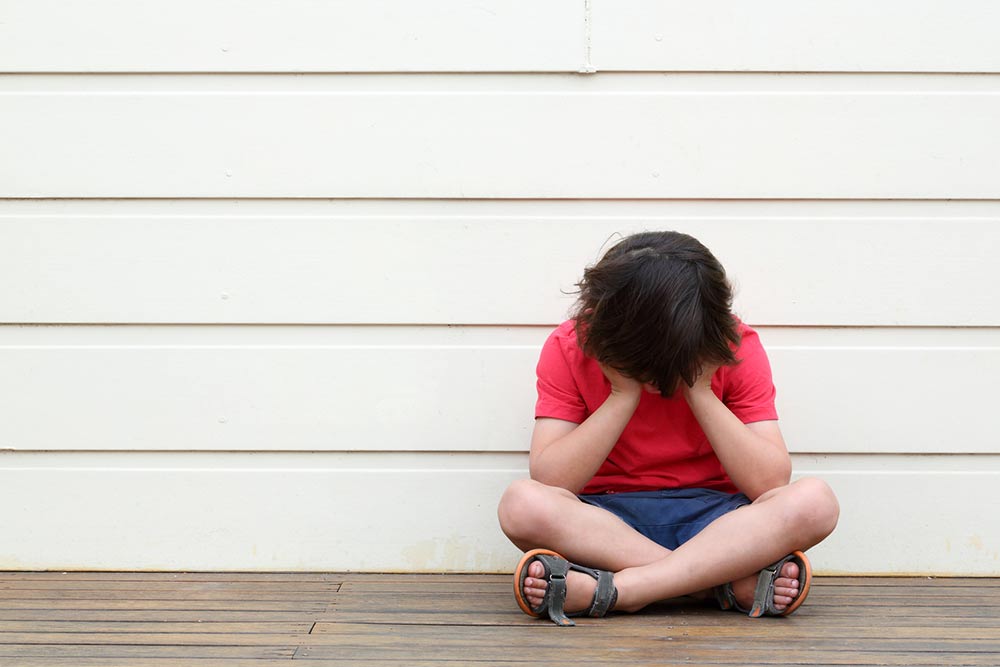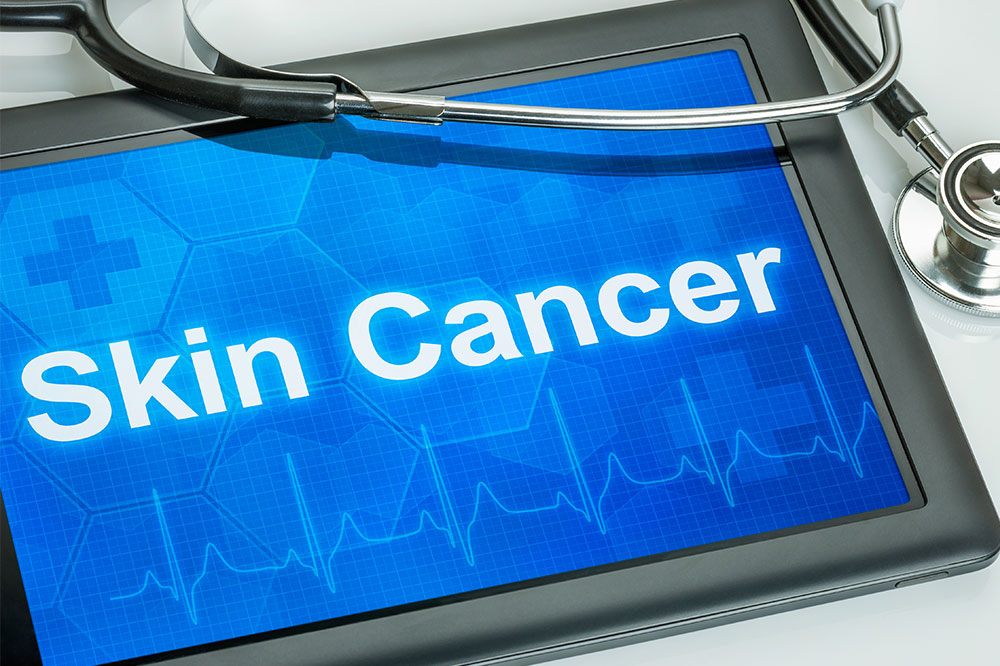Spotting Early Warning Signs of Autism in Children

Autism is a complex neurological and developmental disorder that can affect socialization and range in severity from person to person. According to the Centers for Disease Control (CDC), one in 44 children is on the autistic spectrum today. While there is no explained cause for autism yet, experts generally believe that it results from environmental and genetic factors, such as premature birth, low birth weight, delivery complications, geriatric pregnancies, etc.
Developmental milestones in children
To be able to recognize the early warning signs of autism in children, it is important to know the important developmental milestones they need to achieve by a certain age. According to the CDC, these are the milestones that most children between the age of six months to four years tend to achieve:
By 6 months, children generally begin to respond to their own name, respond to people’s emotions, and often seem happy, copy sounds, and enjoy playing with others, especially their parents.
By the time children are 12 months old, they are generally able to use simple gestures such as shaking their head “no” or waving at others, saying simple words like “mama” and “dada,” playing games like peek-a-boo, and responding to simple spoken requests.







